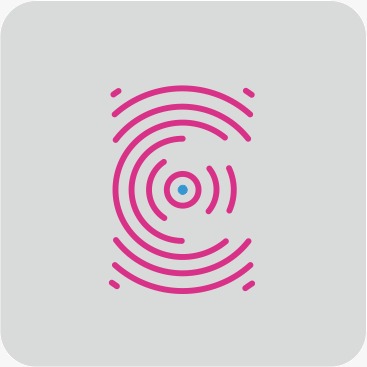Earthquake coping mechanisms
Earthquake coping mechanisms are strategies that people can use to manage their fear and anxiety about earthquakes. These mechanisms can help people to feel more prepared and in control, and to reduce the negative impact of earthquakes on their mental and emotional well-being.
Some common earthquake coping mechanisms include:
- Education: Learning as much as possible about earthquakes, including how to stay safe and what to expect during an earthquake, can help to reduce fear and anxiety.
- Preparation: Having a plan in place for what to do in the event of an earthquake can help people to feel more prepared and in control. This includes having a safe place to go, knowing how to turn off utilities, and having a stockpile of food and water.
- Stress management: There are a number of stress management techniques that can be helpful for people who are struggling with earthquake fear and anxiety. These techniques include relaxation techniques such as deep breathing and meditation, as well as exercise and spending time with loved ones.
- Professional help: If earthquake fear and anxiety is interfering with a person's daily life, it is important to seek professional help. A therapist can teach additional coping skills and help people to work through their fears.
Accurate short-term seismic risk data can help people to cope with earthquake fear and anxiety in a number of ways. First, it can help people to understand their risk of experiencing an earthquake. This information can be used to develop a personalized earthquake preparedness plan and to make informed decisions about where to live and work. Second, accurate short-term seismic risk data can help people to understand the potential consequences of an earthquake. This information can be used to develop realistic expectations and to reduce the fear of the unknown. Third, accurate short-term seismic risk data can be used to develop early warning systems. These systems can give people time to prepare for an earthquake and to take steps to protect themselves and their loved ones.
Here are some specific examples of how accurate short-term seismic risk data can be used to cope with earthquake fear and anxiety:
- A person who lives in an area with a high risk of earthquakes can use accurate seismic risk data to develop a personalized earthquake preparedness plan. This plan might include identifying a safe place to go during an earthquake, stocking up on emergency supplies, and practicing earthquake drills with family and friends.
- A person who is struggling with earthquake fear and anxiety can use accurate seismic risk data to understand the potential consequences of an earthquake. This information can help to reduce the fear of the unknown and to develop realistic expectations.
- A person who works in a high-rise building can use accurate seismic risk data to decide whether or not to evacuate the building during an earthquake.
- A community can use accurate seismic risk data to develop an early warning system for earthquakes. This system can give people time to prepare for an earthquake and to take steps to protect themselves and their loved ones.
Overall, accurate short-term seismic risk data can be a valuable tool for people who are coping with earthquake fear and anxiety. This data can help people to understand their risk, develop a preparedness plan, and make informed decisions about how to protect themselves and their loved ones.
